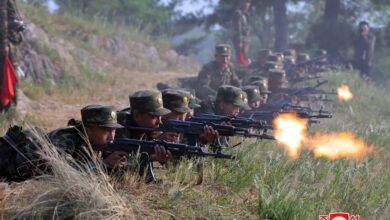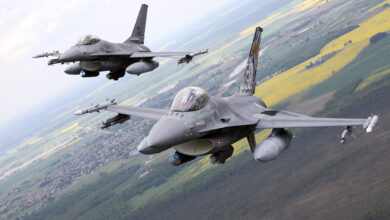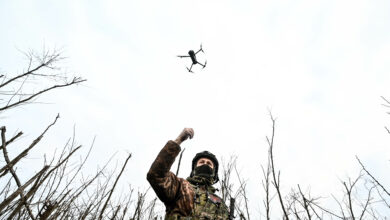
Having spent most of my adulthood in elected office and the US military, I have a good understanding of how the government works and the conditions that put it in a position to succeed or fail.
One thing I have learned about government is that the best solution to a challenge is often the simplest one. Alternatively, when the government tries to fix a problem with complexity, things tend to go sideways.
A simple explanation for this phenomenon is that the more complicated the process, the more people get involved. Next, you get mission creep, costs skyrocket, and opportunities for graft or mismanagement persist.
At the end of the day, you’re beating the odds if the entire project isn’t a boondoggle.
Upgrading the Current F-35 Engine
This is exactly why I have serious doubts about a new proposal being considered by Congress, the White House, and the Pentagon to upgrade the F-35 fighter jet’s engine by creating a whole new propulsion system from scratch.
This seems overly complicated and complex, especially when we could simply improve the existing engine.

We also must be aware of this program’s past. By many accounts, the F-35 is the costliest and consistently over budget defense program in the history of the Pentagon. That really says something considering the defense industry’s consistent failures to come in on budget and time.
An engine currently exists, it works, and if it needs to be upgraded, it should be improved. If your kitchen and bathrooms needed an upgrade, you wouldn’t tear down your house and rebuild.
Pratt & Whitney’s Proposal
I am not diminishing the importance of upgrading the propulsion system for the F-35.
We must improve the engine to ensure that the fighter jet remains the top in its class, worldwide. As the US – and our allies – face threats from China and Russia, we must ensure that our capabilities surpass theirs.
The current provider of the F135 engine, Pratt & Whitney, has most recently proposed an Enhanced Engine Package.
Low risk✔️
Cost effective ✔️
Next generation capability ✔️
The F135 Enhanced Engine Package delivers double digit performance improvements for all @thef35 variants, while reducing lifecycle costs and CO2 emissions. Learn more:https://t.co/eN061UDohd#WeArePW pic.twitter.com/PUKUUlrQO2— Pratt & Whitney (@prattandwhitney) December 7, 2021
In its proposals for modernizing the F135 engine, the aerospace company outlined plans to improve thrust and range by more than 10 percent each and give the F-35B a 5 percent boost in vertical lift and a 50 percent improvement in thermal management.
This modernization would be a retrofit, so it would rely on a similar supply chain, infrastructure, and sustainment network.
Shouldering the Cost of New Engine
Another area of serious concern is that the US Air Force would need to fully fund the creation of the new engine being proposed, called the Adaptive Engine Transition Program (AETP).
This is because the AETP engine won’t fit in the F-35 fighter being used by the Navy and the Marine Corps.
In fact, F-35 Program Executive Officer Lt. Gen. Eric T. Fick told reporters in September if the new propulsion system is a “one-service, unique solution,” the costs of that solution “will be borne by that service.”
Asked if moving forward with the AETP will depend on whether the US Air Force is prepared to bear that cost alone, he replied, “I think so.”
This is particularly concerning since the Air Force and Secretary Frank Kendall should focus on advancing our hypersonic program as we continue to fall behind China, Russia, and potentially North Korea.

Unseen Complications
I am not stating that the AETP engine being developed is not impressive — at least early in its production and design. But that is not the concern.
Rather, the point is how to be judicious with our spending on military procurement. Many new systems are impressive early in their development. But as we move to production and real-world use, there will almost certainly be unseen complications, delays, and cost overruns.
Finally, Lt. Gen. Fick also told reporters that maintaining an AETP engine for the F-35 fleet would require a second or even third powerplant. All this equates to massive amounts of spending.
It’s common sense that we update the current engine so that it can be used by all services and all allies who have purchased the F-35 from the US.
 Hank Naughton is a former Massachusetts state legislator who chaired the House Committee on Public Safety and Homeland Security and served on the State Department’s International Security Advisory Board during the Obama administration.
Hank Naughton is a former Massachusetts state legislator who chaired the House Committee on Public Safety and Homeland Security and served on the State Department’s International Security Advisory Board during the Obama administration.
The views and opinions expressed here are those of the author and do not necessarily reflect the editorial position of The Defense Post.
The Defense Post aims to publish a wide range of high-quality opinion and analysis from a diverse array of people – do you want to send us yours? Click here to submit an op-ed.











